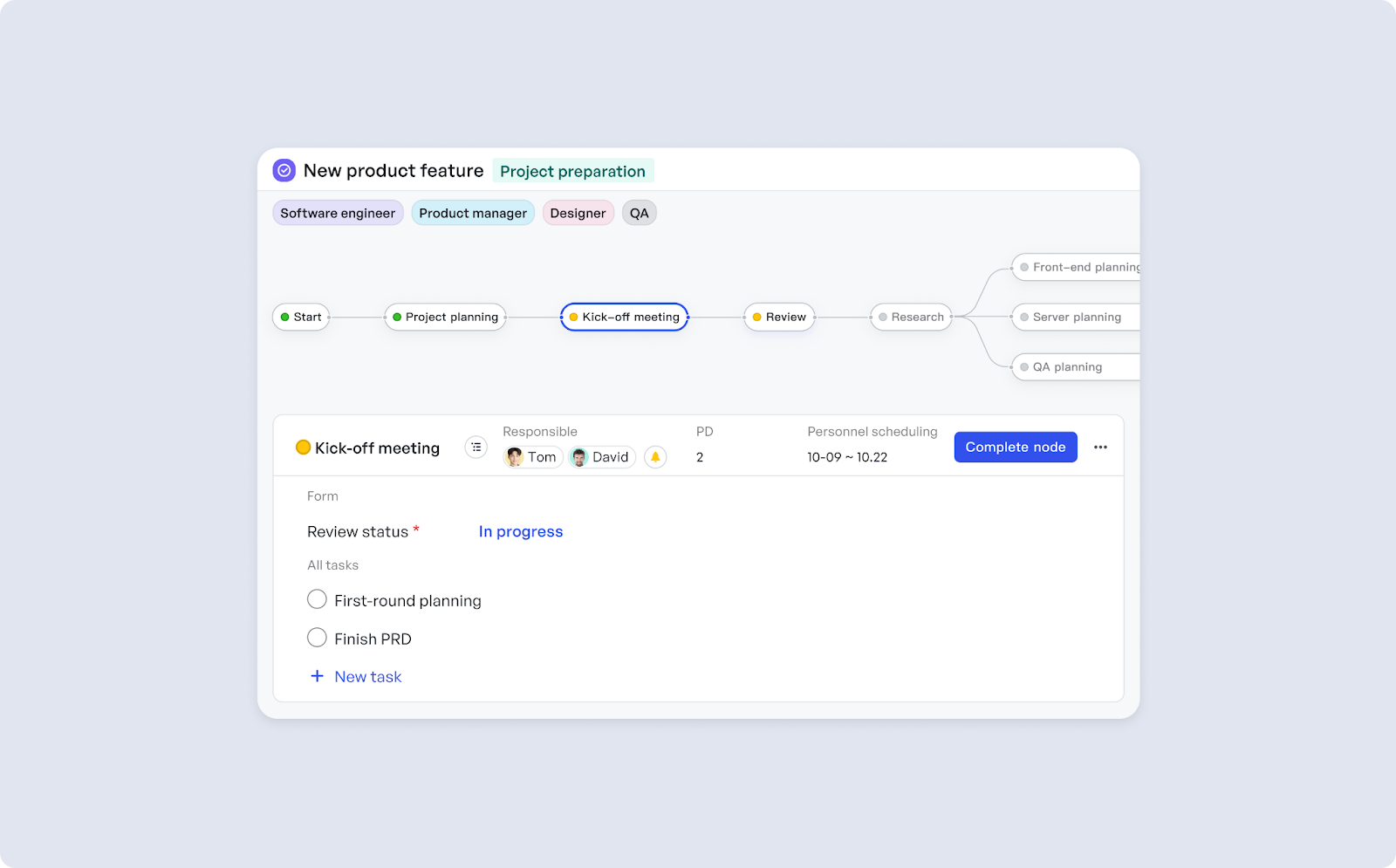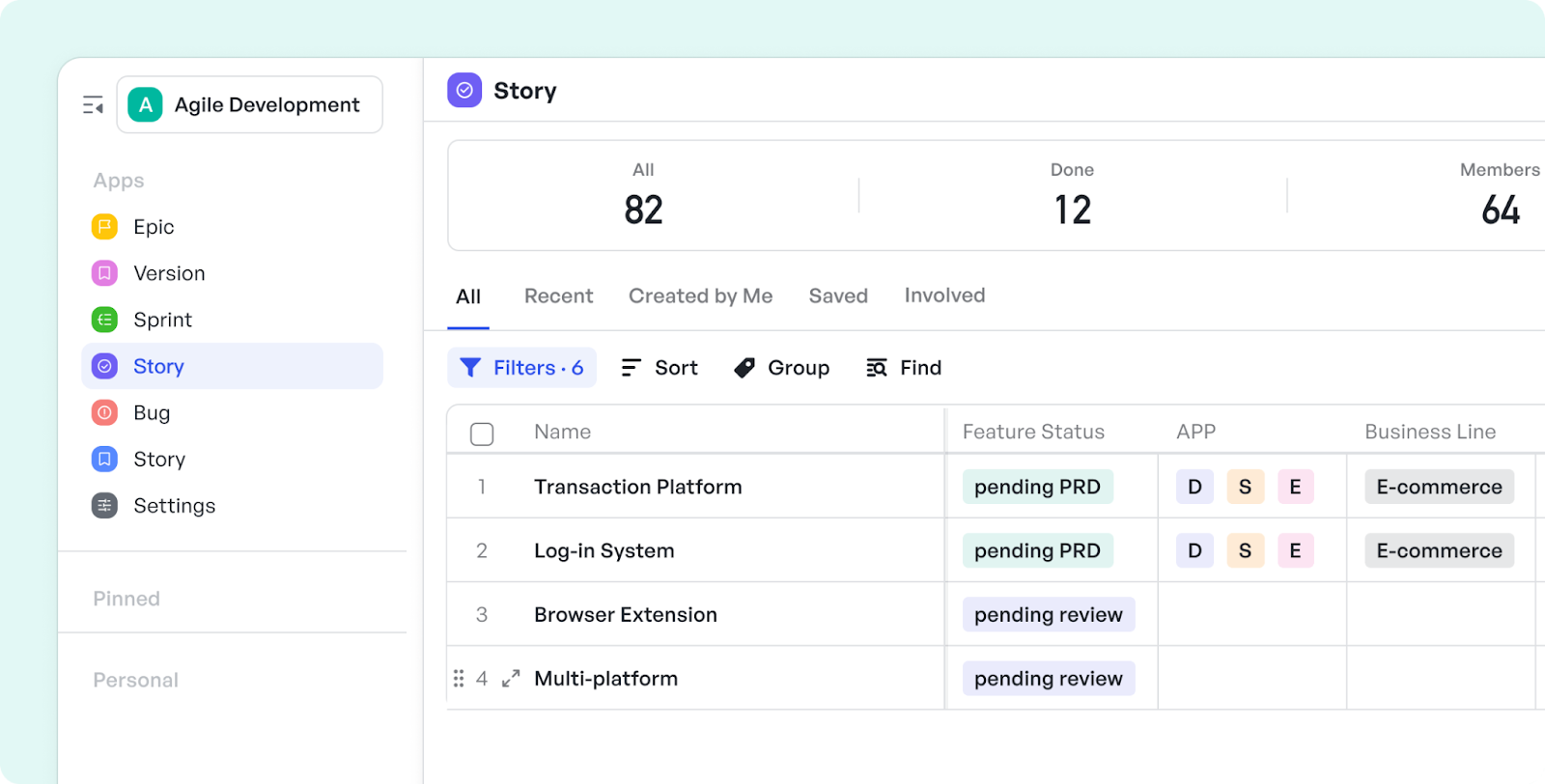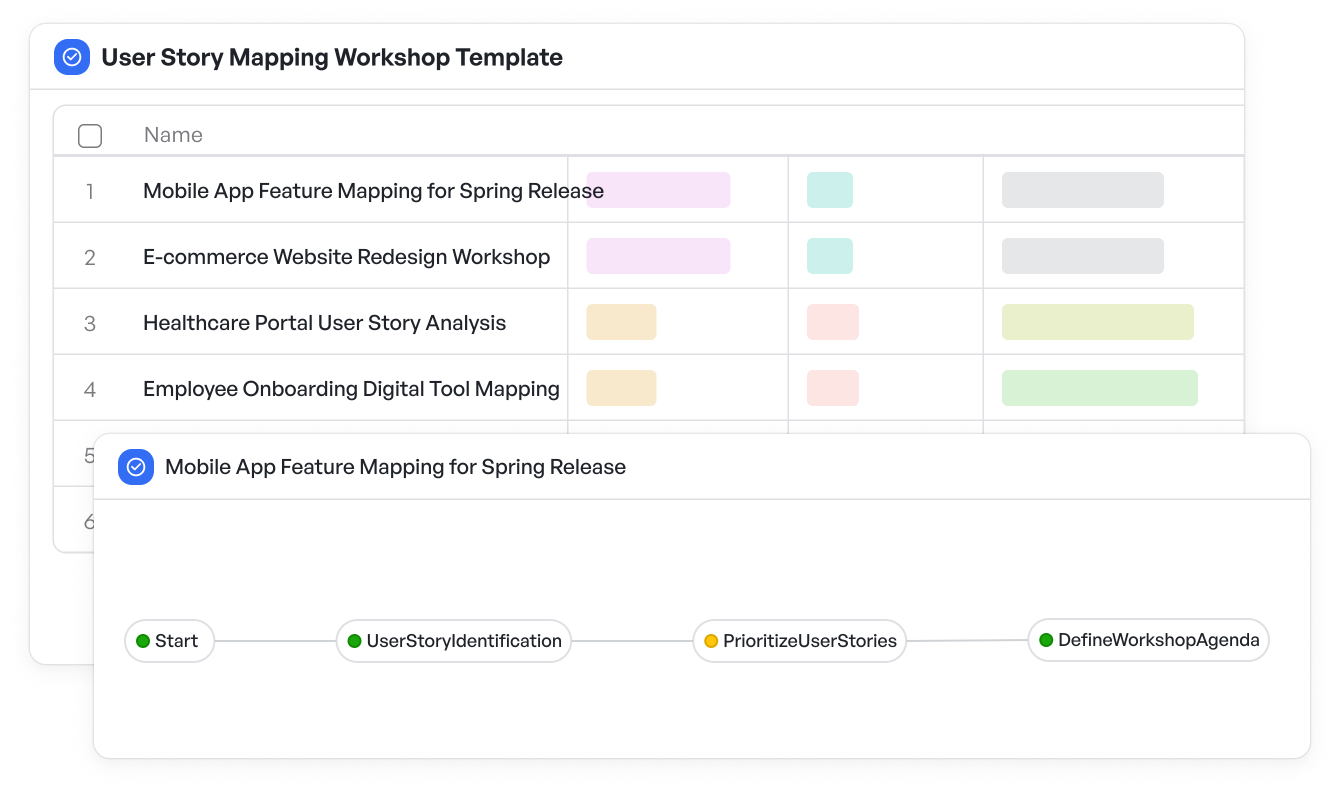How to Implement Agile Modeling in Software Development

In the dynamic world of software development, delivering high-quality products quickly and efficiently remains a top priority for mid-market and enterprise organizations.
Agile methodologies have transformed how software teams operate, emphasizing flexibility, collaboration, and customer-centric delivery.
Among the various Agile practices, Agile modeling stands out as a lightweight, adaptable approach to creating and evolving models that guide software projects.
This blog post explores Agile modeling in software development, its benefits, and how decision-makers can adopt it to improve project visibility, collaboration, and delivery predictability within their teams.
What is Agile Modeling in Software Development?
Agile modeling is an approach to software design and documentation that supports Agile principles. Unlike traditional, heavyweight modeling methods, Agile modeling promotes just-enough documentation and iterative refinement of models throughout the project lifecycle.

Its core objective is to create flexible, clear, and evolving models that communicate requirements, architecture, and workflows effectively without bogging down teams in excessive paperwork.
Agile modeling fosters collaboration between developers, architects, business analysts, and stakeholders by emphasizing communication over comprehensive, upfront design.
Fundamental Principles of Agile Modeling in Software Development
Understanding Agile modeling starts with recognizing its guiding principles that align with the Agile manifesto. These principles encourage:
- Active stakeholder participation: Engaging all relevant stakeholders continuously to ensure models reflect real business needs, supported by proven approaches to managing software stakeholders effectively
- Iterative and incremental development: Building models in small increments that evolve with changing requirements
- Simplicity and pragmatism: Creating only necessary models with the simplest representations that effectively communicate ideas
- Multiple models: Using diverse model types (e.g., diagrams, sketches, user stories) depending on context and audience
- Collaboration and communication: Encouraging direct interactions over formal documentation handoffs
- Adaptability: Adjusting modeling practices to suit team culture, project needs, and technology constraints.
Key Benefits of Agile Modeling in Software Development for Mid-Market and Enterprise Teams
Agile modeling supports faster decision-making, reduces misunderstandings, and improves alignment across complex projects. Here are some specific benefits that organizations experience when applying Agile modeling:
- Improved flexibility: Teams can quickly adjust models as requirements change, avoiding the risk of outdated or irrelevant documentation.
- Better communication: Visual and collaborative modeling improves shared understanding between technical and non-technical stakeholders.
- Reduced waste: Creating just-enough documentation based on clear standards minimizes unnecessary paperwork, helping teams focus more on delivering value.
- Enhanced visibility: Clear models provide real-time insight into project progress and potential roadblocks.
- Support for distributed teams: Agile modeling’s lightweight nature fits well with remote or hybrid teams, enabling collaboration across locations.
5 Steps to Implement Agile Modeling for Software Development Projects
Successful adoption of Agile modeling requires a thoughtful approach. Here are the five steps that software leaders and project managers can take to integrate Agile modeling effectively:
1. Identify Modeling Needs Based on Project Context
Before starting, assess which models will bring value to your project. These might include domain models, user journey maps, data flow diagrams, or architectural sketches. Focus on models that enhance understanding or decision-making.
2. Engage Stakeholders Early and Often
Involve product owners, developers, quality assurance (QA), and business analysts in collaborative modeling sessions. Use workshops, whiteboarding, or virtual tools to encourage participation and immediate feedback.
3. Use Lightweight and Visual Modeling Tools
Choosing the right tools can make or break Agile modeling adoption. For software teams managing iterative development and complex workflows, an Agile development template offers an excellent solution.
Agile development template supports a comprehensive project management approach, including epic, story, sprint, and task management, alongside progress tracking and real-time metrics analysis.
This template allows teams to plan sprints, assign tasks, and visualize workflows through Kanban boards or Gantt charts, helping maintain clarity and collaboration across distributed or cross-functional teams.
Its hierarchical project structure simplifies managing dependencies between tasks, features, and larger goals, ensuring alignment throughout the project lifecycle.
 Flexible visual templates streamline research and development (R&D) workflows and simplify Agile modeling
Flexible visual templates streamline research and development (R&D) workflows and simplify Agile modeling4. Integrate Modeling into Agile Ceremonies
Incorporate modeling activities into sprint planning, backlog grooming, or retrospectives to ensure models stay relevant and actionable throughout development.
5. Foster a Culture of Continuous Improvement
Encourage teams to review and refine models regularly, adapting to new information or changing requirements without fearing “wrong” designs.
Choosing the right tools can make or break Agile modeling adoption. For software teams managing iterative development and complex workflows, it’s important to balance modeling with solid Agile planning to keep projects on track.
Agile Modeling and Visual Workflows: Enhancing Project Transparency
Visual workflows are a crucial component of Agile modeling in software development, offering a clear, real-time view of work progress, task ownership, and dependencies.
For mid-market and enterprise teams managing complex projects, visual workflows make it easier to track multiple streams of development, integration points, and delivery milestones.

Using configurable templates tailored for Agile projects allows teams to standardize common processes while retaining the flexibility to adapt as projects evolve. These templates support critical activities within an effective Agile workflow, helping teams organize work efficiently and maintain transparency.
By visually documenting feature progress, identifying blockers, and facilitating team interactions, they reduce reliance on excessive meetings or status reports and help keep projects on track.
Common Techniques for Agile Modeling in Software Development
Here are some popular Agile modeling techniques widely used in software development:
- User story mapping: Organizes user stories through a user story mapping workshop to create a visual map of features, showing priority and release plans
- Domain-driven design (DDD) modeling: Focuses on representing business domains and bounded contexts to improve communication between tech and business
- Event storming: A workshop-driven approach to rapidly discover domain events and workflows
- Wireframing and prototyping: Simple visual representations of user interfaces for early feedback
- Sequence and activity diagrams: Illustrate dynamic behavior and processes in the system.
These techniques are commonly employed alongside Agile project management frameworks such as Scrum and Kanban, which provide structures for sprint planning, workflow visualization, and iterative delivery.
 Facilitates collaborative user story mapping workshops to visualize features, priorities, and release plans
Facilitates collaborative user story mapping workshops to visualize features, priorities, and release plansChallenges to Consider When Adopting Agile Modeling in Software Development
While Agile modeling offers many advantages, it’s important to be mindful of potential challenges:
- Over-modeling: Creating too many or overly detailed models can slow down development
- Tool overload: Using complex or unfamiliar modeling tools can create barriers to adoption
- Inconsistent practices: Without agreed-upon standards, different teams might model inconsistently, leading to confusion
- Balancing documentation: Finding the right balance between sufficient and excessive documentation requires ongoing adjustment.
Addressing these challenges requires leadership commitment, training, and selecting tools that align well with team workflows.
Suggested Read:👉9 Best Agile Project Management Tools
Enhance Software Delivery Through Agile Modeling in Software Development
Adopting Agile modeling in software development empowers mid-market and enterprise teams to keep pace with fast-changing requirements while maintaining clarity and collaboration.
By focusing on lightweight, iterative, and visual modeling practices, organizations reduce waste, improve communication, and boost project transparency.
For teams looking to enhance their Agile workflows with clear visual representations and flexible collaboration tools, templates designed for Agile modeling and project visualization can be invaluable.
Build your workflow today!
The world’s #1 visualized project management tool
Powered by the next gen visual workflow engineRead More
Check All BlogsStart creating impactful work today



